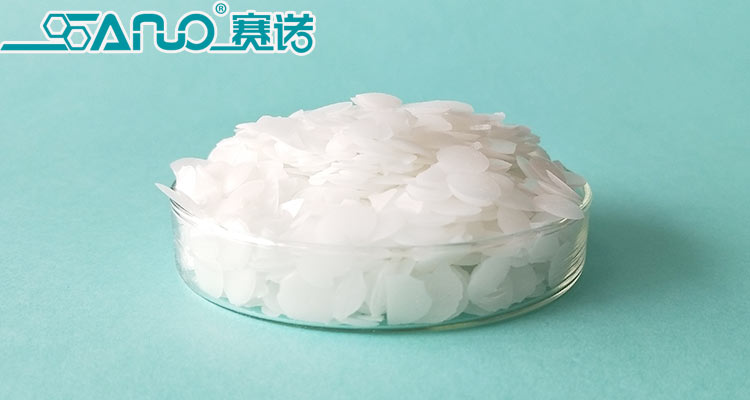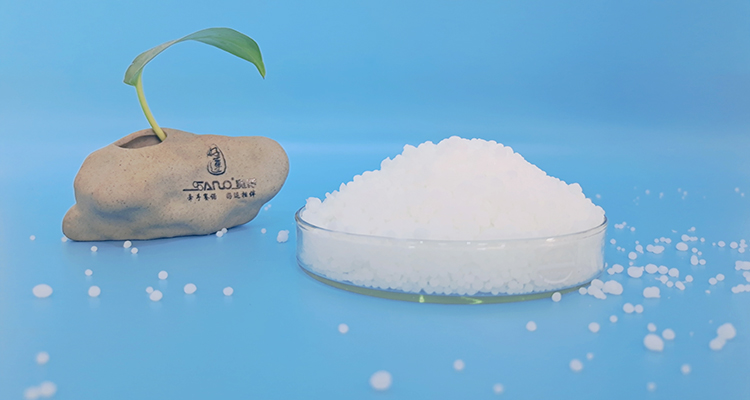The full name of PVC is PVC. Its viscosity flow temperature is very close to the degradation temperature, so it is easy to occur various forms of degradation during processing, thus losing the use performance. Therefore, heat stabilizer and lubricant must be added to the formula of PVC mixing ingredients. The former improves its thermal stability, while the latter reduces the friction between PVC molecular chains, as well as the release force between PVC melt and metal, so as to improve the convenience of processing PVC into various products. Polyethylene wax and oxidized polyethylene wax are common lubricants in PVC.

During the processing of PVC, there is no pure melt, only secondary particles (100 μ M, which is composed of primary particles and nodules) split into small balls (1 μ M or so), and then split into nodules (100nm). This process is usually called gel or plasticization. In order to achieve better mechanical properties, surface properties and processability, the degree of gel is appropriate between 70% and 85%. The proper selection of polyethylene wax can delay or accelerate the gel process. Homopoly polyethylene wax exists between primary particles or nodules after melting, reducing the friction between primary particles or nodules, thus reducing the friction heat generation of the melt, delaying the plasticization of PVC, and improving the thermal stability of PVC. The ope wax has a certain compatibility with PVC, which can attach to the surface of nodules, increase the melt viscosity, and slightly promote the gel behavior;
Its other main function is to form a film on the PVC melt and metal surface to reduce the friction between the melt and the processing equipment. It is a good mold release agent in PVC processing, especially in transparent PVC (organic tin stabilizer) film. Adding an appropriate amount of oxidized polyethylene wax can not only achieve good mold release, but also not reduce the transparency.
At present, in addition to synthetic pe wax and ope wax in PVC, paraffin wax, Fischer Tropsch wax and by-product wax are also widely used, which also need to be flexibly matched according to the terminal application. For example, low melting point paraffin can play a role in early lubrication, medium melting point polyethylene wax and Fischer Tropsch wax can play a role in middle lubrication, and high melting point oxidized polyethylene wax can play a role in late lubrication. Some lubricants with limited temperature resistance, such as paraffin wax and fatty acid ester, are easy to deposit on the die head of extruded products and the cooling roll of calendering film. These substances will have adverse effects on the surface performance of the final products, as well as the working environment and production of on-site workers.
Moreover, the compatibility of a single lubricant in PVC is very high. If a composite lubricant package is used, various components are mutually incompatible and react with each other, which is also easy to cause pressure separation. Therefore, it is very important to select a lubricant with stable quality and good temperature resistance according to the product application, such as whether printing and spraying are required, for smooth production and improvement of product quality.
Qingdao Sainuo Chemical Co.,Ltd. We are manufacturer for PE wax, PP wax, OPE wax, EVA wax, PEMA, EBS, Zinc/Calcium Stearate…. Our products have passed the REACH, ROHS, PAHS, FDA testing.
Sainuo rest assured wax, welcome your inquiry!
E-mail:sales@qdsainuo.com
sales1@qdsainuo.com
Adress:Room 2702,Block B, Suning Building, Jingkou Road, Licang District, Qingdao,China
Post time: Dec-07-2022


